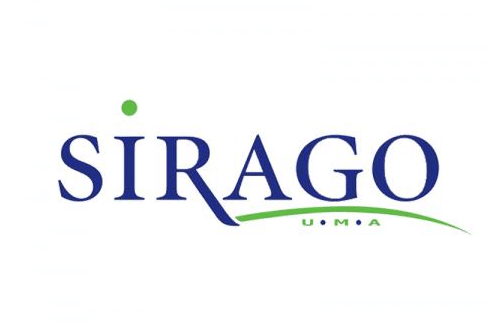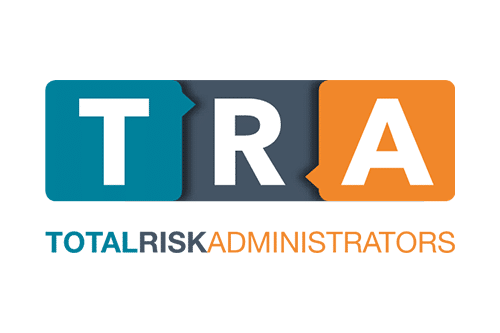CT scan
CT Scan Procedure: Illuminating the Inner Workings of the Body
A Computed Tomography (CT) scan, also known as a CAT scan, is a powerful medical imaging technique that provides detailed cross-sectional images of the body’s internal structures. This non-invasive procedure plays a vital role in diagnosing and monitoring various medical conditions, ranging from head injuries to cancer. By combining X-ray technology with advanced computer processing, CT scans offer physicians valuable insights into the body’s anatomy, facilitating accurate diagnoses and informed treatment decisions. This article delves into the intricacies of the CT scan procedure, its uses, safety considerations, and the role it plays in modern medical practice.
1. The Basis of CT Imaging
CT imaging utilizes X-rays to create detailed images of internal structures by capturing multiple cross-sectional “slices” of the body. These slices are then reconstructed using computer algorithms to generate comprehensive images. The technique provides information about the density and composition of tissues, allowing physicians to differentiate between various types of tissues, such as bones, muscles, and organs.
2. Indications for CT Scans
CT scans are used across various medical disciplines to diagnose and monitor a wide range of conditions. Common indications include:
- Trauma Assessment: Evaluating injuries after accidents or falls to assess damage to bones, internal organs, and the brain.
- Cancer Detection and Staging: Identifying tumors, determining their size and location, and evaluating their spread to nearby tissues.
- Cardiovascular Imaging: Visualizing blood vessels, detecting arterial blockages, and assessing cardiac health.
- Abdominal and Pelvic Evaluation: Diagnosing conditions affecting the liver, kidneys, gastrointestinal tract, and reproductive organs.
- Neurological Studies: Examining the brain and spinal cord to diagnose stroke, tumors, and neurological disorders.
3. The CT Scan Procedure
The CT scan procedure involves several steps to ensure accurate and safe imaging:
Patient Preparation: Before the scan, patients may be instructed to change into a hospital gown and remove jewelry or metal objects that could interfere with the scan. Depending on the area being imaged, contrast dye may be administered intravenously to enhance visibility.
Positioning: Patients are positioned on a movable examination table that slides into the CT scanner. The technologist ensures the patient is comfortable and properly aligned.
Scanning Process: The CT scanner consists of a large, ring-shaped machine that houses the X-ray tube and detectors. The scanner emits X-rays as it rotates around the patient, capturing multiple images from different angles.
Breath-Hold Instructions: For certain scans, patients may be asked to hold their breath briefly to minimize motion artifacts and enhance image clarity.
Contrast Administration: If contrast dye is used, it’s administered through an IV line, either manually or with an automatic injector, during the scan. Contrast helps highlight blood vessels, tumors, and other structures.
Technologist Control: A trained CT technologist operates the scanner from a separate control room, communicating with the patient via intercom.
Image Reconstruction: After the scan, the collected data is processed by a computer to reconstruct detailed cross-sectional images.
4. Safety Considerations
While CT scans are generally safe and non-invasive, exposure to ionizing radiation is a concern, especially with repeated scans. However, modern CT scanners are designed to minimize radiation doses while maintaining image quality. Pregnant women are typically advised to avoid CT scans unless absolutely necessary, due to the potential risks to the developing fetus.
5. Interpreting CT Images
Interpreting CT images requires the expertise of radiologists, physicians specialized in medical imaging. Radiologists analyze the images, identify abnormalities, and provide detailed reports to referring physicians. Advanced computer software aids in image analysis, allowing for precise measurements and comparisons over time.
Conclusion
The CT scan procedure is a crucial tool in modern medicine, providing intricate insights into the body’s internal structures. With its ability to generate detailed cross-sectional images, CT scans assist in diagnosing a wide range of medical conditions, from trauma and cancer to neurological disorders. While safety considerations are important, the benefits of accurate diagnosis and treatment planning make CT scans an invaluable asset in the medical field, contributing to improved patient outcomes and overall healthcare quality.
References:
- Kalra MK, Maher MM, Toth TL, et al. Techniques and Applications of Automatic Tube Current Modulation for CT. Radiology. 2004;233(3):649-657.
- Mayo Clinic. Computed Tomography (CT) – What You Can Expect. Mayo Clinic. Retrieved from https://www.mayoclinic.org/tests-procedures/ct-scan/about/pac-20393675
- Brenner DJ, Hall EJ. Computed Tomography—An Increasing Source of Radiation Exposure. New England Journal of Medicine. 2007;357(22):2277-2284.
- Mayo Clinic. CT Scan. Mayo Clinic. Retrieved from https://www.mayoclinic.org/tests-procedures/ct-scan/about/pac-20393675
- Boedeker KL, Bird JM, Wald CT. Applications of the dual-energy computed tomography in the evaluation of the abdominal pain. World Journal of Gastroenterology. 2019;25(45):6631-6640.


































